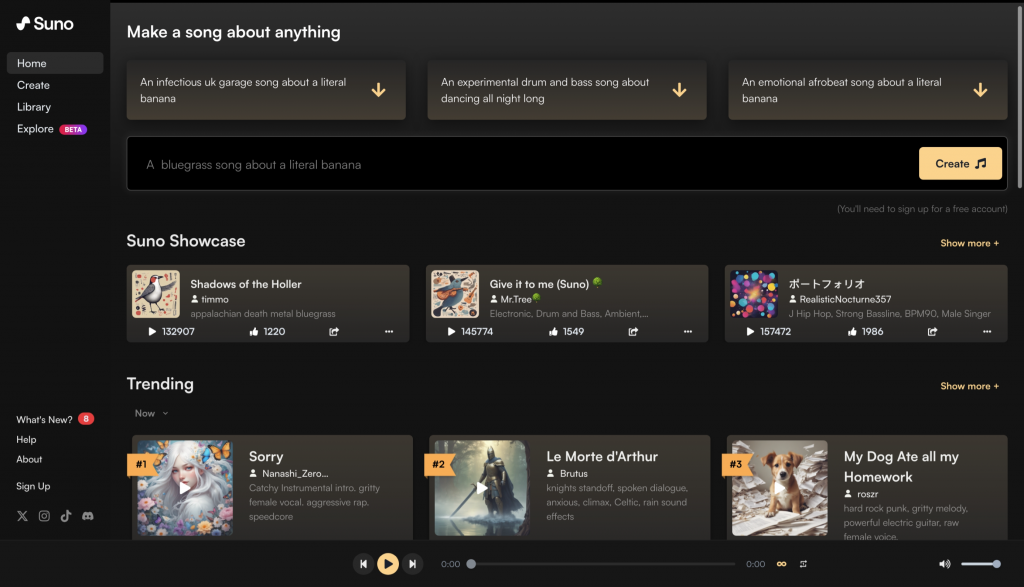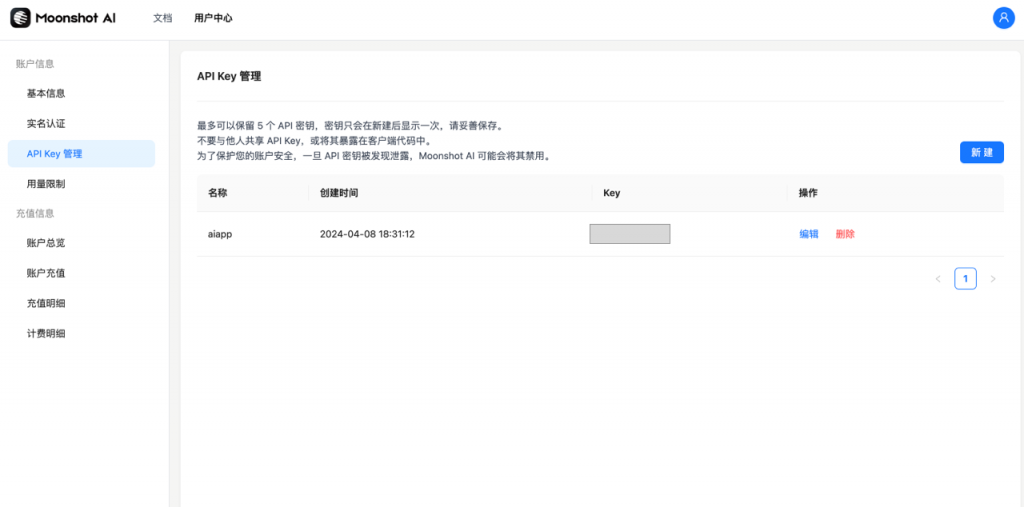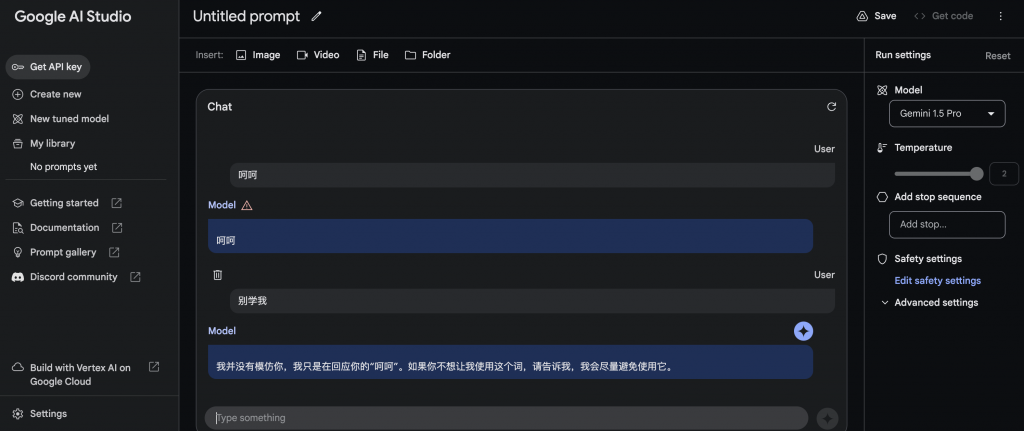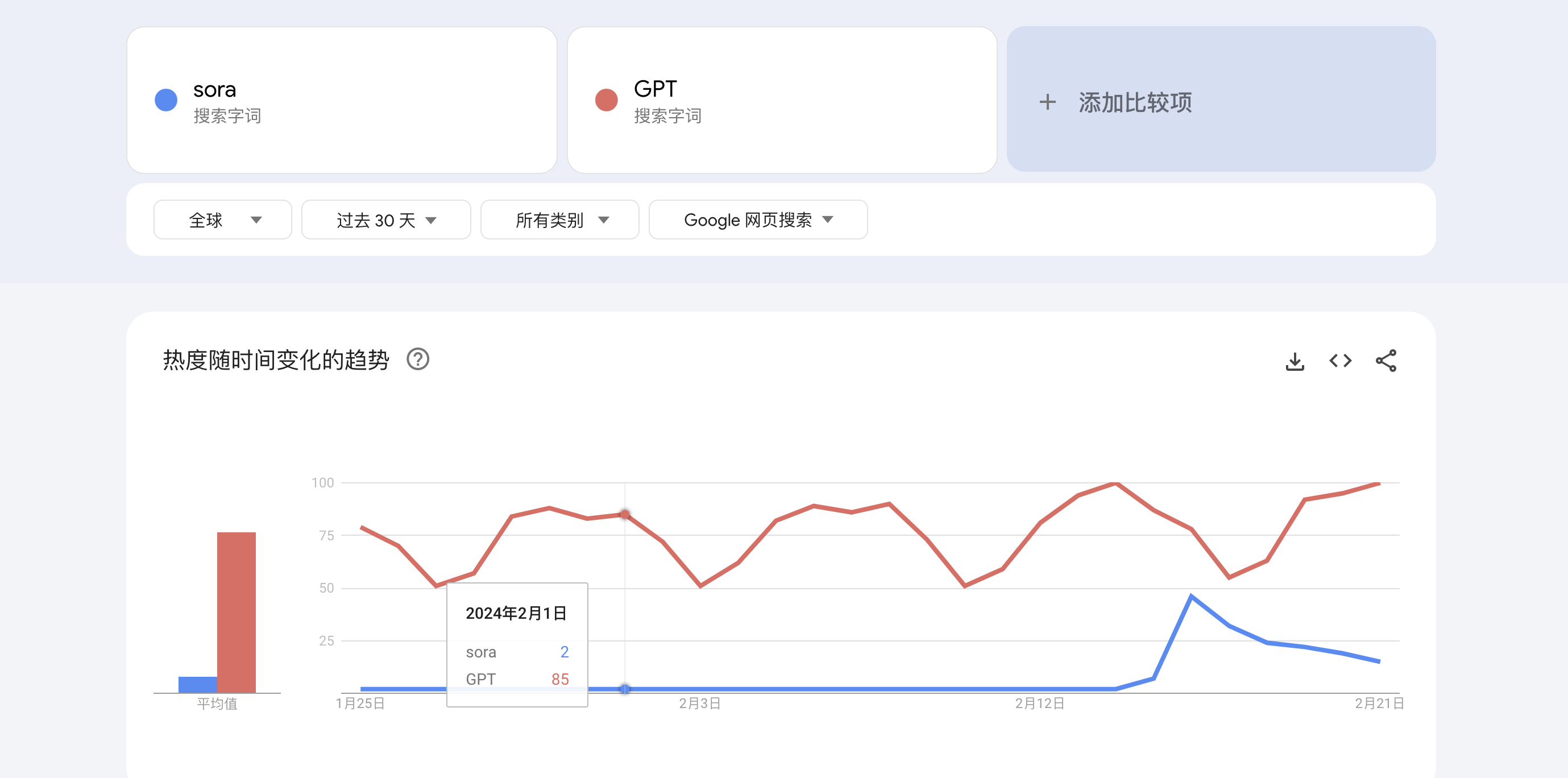Viggle AI: How to generate videos with controllable character movements
Video generation models such as Sora and Stable Video Dissfusion often face the problem of being unable to accurately control the output video, especially in terms of character movements. The controllable video model can accurately control the character movements in the video through prompt words. Viggle AI, as the first video-3D model with actual physical understanding capabilities, can freely control character movements and is embedded in the Discord platform. This controllable video technology will significantly reduce the cost of digital human products and enable diversified digital human video creation.
Suno AI: How to use Suno AI to make an AI Music Generator
Suno AI, a large-scale model that can generate music and songs based on prompt words, has become quite popular recently. Although there is no official API support, its functions can also be used through unofficial interfaces. Users only need to fill in the music type and click "Create" to generate music, which reflects the broad prospects and convenience of AI music generation.
Moonshot AI: How to access Kimi large model?
The Kimi model has attracted attention in the domestic AIGC field and has been integrated into the AI SEO CN version of the Wordpress plug-in. Developed by the Dark Side of the Moon Technology Company, it features long text input and output, up to 2 million words. Users operate on the platform through registration and API keys, and can choose different context length models. The price varies according to the model and user level, and the integrated application is easy and has good performance.
Baidu Wenxin large model version comparison test: ERNIE 3.5 8K VS ERNIE 4.0 8K
The AI SEO Wordpress Plugin is being upgraded to support Baidu's ERNIE 4.0 8K, although tests show little difference in SEO effectiveness compared to ERNIE 3.5 8K. Despite better stylistic quality with 4.0, the newer model is significantly more expensive and slower, with higher error rates during batch processing. Thus, ERNIE 3.5 8K remains the more cost-effective choice for SEO purposes.
AI SEO WordPress Plugin v1.2 released
Around the Spring Festival, Google adjusted its attitude towards AI-generated content, resulting in a large number of websites using AI-generated summaries being banned. But what Google actually objects to is a lot of duplicate content. SEOers should produce content that is useful and differentiated for users, understand search intent and create content. AI SEO WordPress plugin new features help generate useful and unique content as per outline.
Google Gemini 1.5 Pro personal test: powerful and fragile at the same time
After testing the newly upgraded multi-modal AI model Gemini 1.5 Pro, users found that although it supports a more comprehensive input type including text, pictures, videos, files and folders, the reasoning ability has not been significantly improved, especially in distinguishing right from wrong. Additionally, processing of video, file, and folder inputs takes a long time, and there are limitations in handling large amounts of data.
SDXL: How to use Stable Diffusion
Recently, a WordPress plugin based on the latest version of Stable Diffusion XL (SDXL) was developed. Stable Diffusion is a free, open source image generation model, and the code can be downloaded directly through the official website Stability AI. Although it is more expensive and difficult to deploy the model yourself, it is possible to use a Docker image or install it manually. In addition, large models and APIs can be consumed or deployed through the Replicate.com website. In general, Stable Diffusion and SDXL are widely used in AI image generation products.
robots.txt: An SEO issue that has been ignored
After constructing two sites with Next.js last month and noticing poor Google indexation, the issue was identified as a missing robots.txt file. To address this, a robots.txt with rules to allow all user-agents, enable access to all content excluding the 'private' directory, and link a sitemap was added to the Next.js app directory. This resolved the indexing issue, underscoring the importance of robots.txt for site visibility.
Hot topics in February 2024: Sora - Open AI's large video generation model
On February 16, 2024, Open AI released its advanced video generation model named Sora, sparking interest almost rivalling that of GPT. Sora, which is not yet available for public use, combines Transformer and diffusion architectures for high-fidelity video simulation. Open AI's TikTok showcases Sora's capabilities with unedited videos from various prompts, previewing its potential impact in the burgeoning video generation field.
Gemini 1.5 pro: How to apply
Google Gemini1.5 pro overview Google Gemini1.5 pro on February 15, 2024 […]
copyright © www.lyustu.com all rights reserved.
Theme: TheMoon V3.0. Author:neo yang







